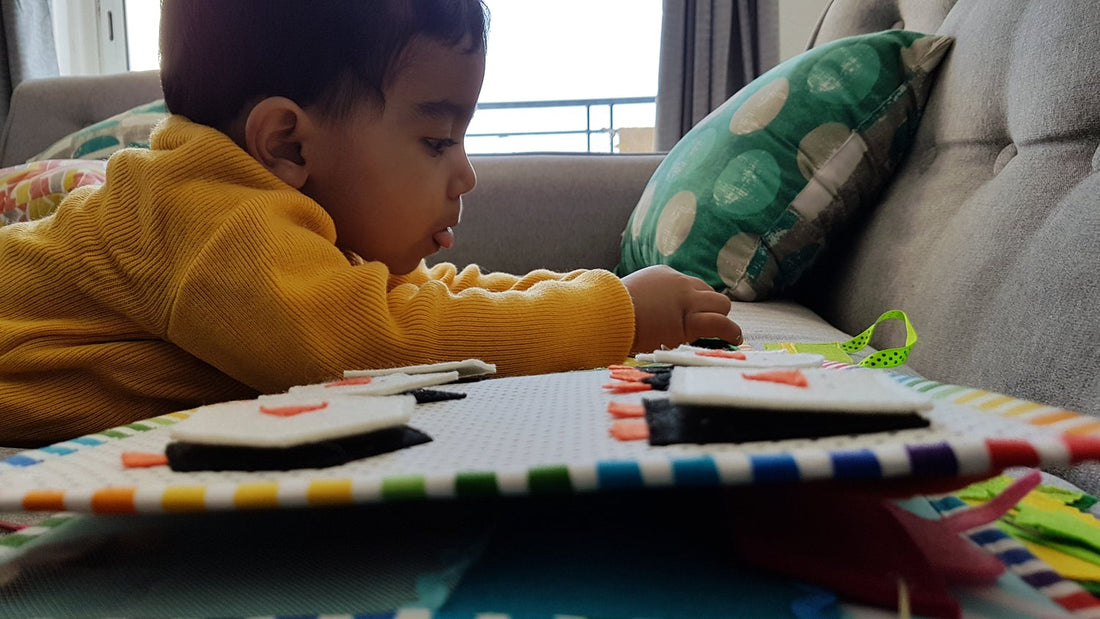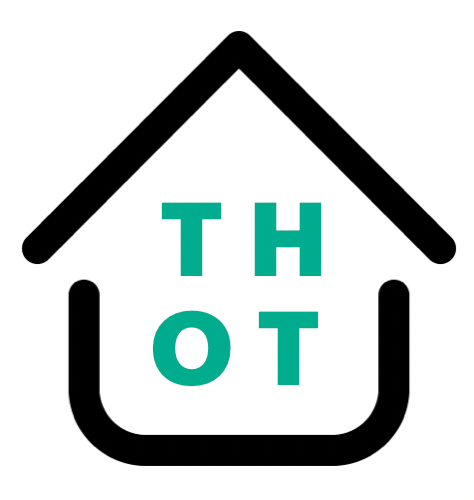
The Importance of Play: Engaging Toddlers in Meaningful Activities
Share
Play is an essential part of a toddler's development, contributing to their cognitive, social, emotional, and physical growth. Engaging toddlers in meaningful activities not only keeps them entertained but also helps them learn and explore the world around them. In this blog post, we will delve into the significance of play in a toddler's life and explore a variety of open play activities, including quiet books, coloring, and blocks, that foster their development.
The Power of Play:
Play is more than just a fun pastime for toddlers. It is a vital tool that aids their brain development and enhances various skills. Through play, toddlers improve their problem-solving abilities, creativity, language skills, and social interactions. It allows them to explore their surroundings, develop fine motor skills, and stimulate their imagination. Therefore, providing toddlers with purposeful play experiences is crucial for their overall growth.

Quiet Books: An Engaging Activity:
Quiet books are interactive, fabric-based activity books designed specifically for young children. These books engage toddlers in hands-on activities that promote learning and skill development. With features like zippers, buttons, puzzles, laces, and other sensory elements, quiet books offer endless opportunities for exploration and play.
Benefits of Quiet Books:
-
Cognitive Development: Quiet books offer various activities that stimulate cognitive skills, including problem-solving, matching shapes and colors, and sorting. These activities enhance a toddler's logical thinking, memory, and concentration.
-
Fine Motor Skills: The interactive nature of quiet books encourages toddlers to practice their fine motor skills. By manipulating buttons, zippers, and laces, they improve their hand-eye coordination, finger dexterity, and manual control.
-
Language and Communication: Many quiet books incorporate storytelling elements, allowing parents or caregivers to engage toddlers in interactive conversations. This promotes language development, vocabulary expansion, and listening skills.
-
Sensory Exploration: Quiet books often incorporate different textures, fabrics, and materials, providing a sensory-rich experience for toddlers. This sensory exploration stimulates their tactile senses, encouraging sensory integration and cognitive connections.
Open Play Activities:
In addition to quiet books, there are various open play activities that can further enhance a toddler's development. Here are a few examples:
-
Coloring: Coloring books and crayons provide an excellent opportunity for self-expression and creativity. Coloring helps toddlers develop their fine motor skills, hand-eye coordination, and color recognition while allowing them to explore their imagination.
-
Building Blocks: Playing with building blocks allows toddlers to explore concepts such as balance, stability, and spatial awareness. It promotes problem-solving, creativity, and improves their hand-eye coordination and fine motor skills.
-
Puzzles: Age-appropriate puzzles with larger pieces help toddlers develop their problem-solving skills and cognitive abilities. Puzzles encourage critical thinking, shape recognition, and hand-eye coordination.
-
Sensory Bins: Sensory bins filled with materials like rice, sand, or water offer a sensory-rich experience. Toddlers can explore textures, pour and scoop, and engage their senses while enhancing their fine motor skills, creativity, and imaginative play.
Incorporating Open Play Activities:
To make the most of open play activities, create dedicated spaces in your home where your toddler can engage in these activities. Set up a coloring station with paper, crayons, and coloring books. Keep building blocks and puzzles readily accessible in a designated play area. Introduce sensory bins with various materials for exploration. Rotate and introduce new activities regularly to keep their play experiences fresh and exciting.
Conclusion:
Play is a powerful tool for toddler development, and incorporating meaningful activities like quiet books, coloring, building blocks, and puzzles can have a profound impact on their growth. These open play activities foster cognitive, sensory, fine

